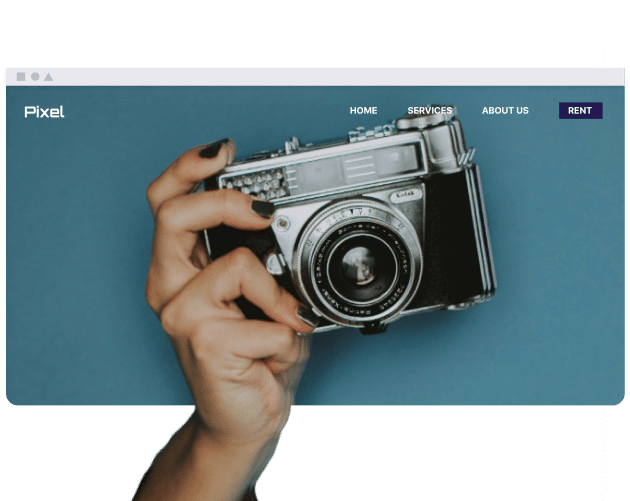How should language switching options be presented to users?
The options must be displayed in a manner that is both visible to the user and accessible in the header/stopki of the website, with the most recognizable means (a dropdown menu or a simple list of language names). This method supports language settings discovery and adjustment, which relates to the user experience on the site. Misunderstandings can arise from the use of country flags; using the language’s written name may reduce potential ambiguity (e.g., “English,” “Español”). An auto-detection feature based on the user’s browser settings may relate to the first user experience.
What are the best practices for translating navigation elements, such as menus, labels, and calls to action?
One very effective method of translating the navigation elements is to use human professional translators who not only provide exact translation but also understand the cultural nuances and are not solely reliant on machine translation. The success of direct translation can depend on factors such as cultural context, tone, and CTA meaning, and these factors may relate to how users interact with the product. Moreover, different text lengths between languages should also be considered to avoid layout issues. Tools such as Smartling or Lokalise functionalities for handling translation workflows can influence the amount of time needed for complex tasks.
What accessibility considerations are crucial for Multilingual Navigation?
One of the crucial aspects of multilingual dostępności nawigacji is navigation utilizing a keyboard, screen reader, and other assistive technologies. These navigable elements should also have the correct HTML lang attributes. It’s a factor that affects the degree to which individuals can participate in the user experience. They can access and interpret your website, regardless of language. The presence or absence of accurate “lang” attributes can relate to the accuracy of screen reader pronunciations and, consequently, content understanding. A good practice is to test your multilingual site with different assistive technologies to locate undiscovered issues.
What are the ongoing maintenance and quality assurance practices for Multilingual Navigation?
Multilingual navigation of high quality and properly maintained regularly should include not only checking the consistency and accuracy of all the languages into which the content has been translated, but also functional testing for each language version. Such an ongoing effort is necessary to locate and rectify any errors, inaccuracies, or broken links that may have resulted from changes/additions to the website (or to ensure a consistently high-quality user experience). A translation management system can identify content potentially needing revision and notify stakeholders of translation tasks.
Podsumowanie
Navigational features on multilingual websites relate to global digital visibility and have the potential to impact user experience for users of diverse linguistic backgrounds. Attention to language clarity, translation accuracy, and thoughtful design can influence how effectively websites serve users worldwide.

